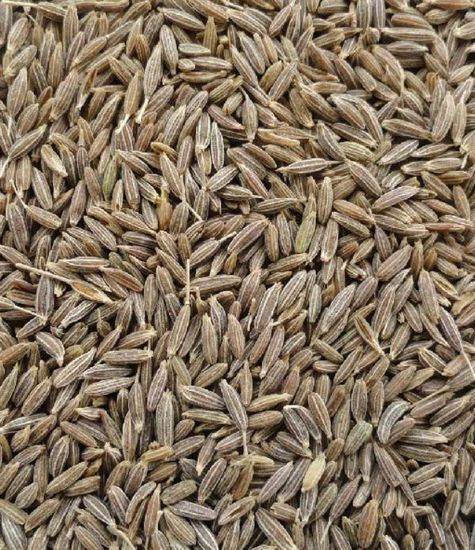Cumin Seeds

Cumin Seeds
Cumin (Cuminum cyminum) is a blooming plant in the Apiaceae family, local toward the east Mediterranean and India. It is a seed from a low developing hedge, looking like caraway in appearance with an immensely changed flavor.
- Detail :100% Organic
- Email address :vincentaasir@gmail.com
- Phone number :+91 8220499403
Quite possibly of the most consumed flavor after chiles and peppercorns, the zest is much of the time utilized as a vital fixing in many curry and stew powders. Cumin seed is additionally used to prepare exemplary Dutch cheeses. It is most famous in Indian, Center Eastern, African and Mexican cooking.
Cumin seeds were exceptionally respected in antiquated Greek and Roman kitchens, frequently ground and continued to feast tables to be utilized similar as dark pepper is today. Middle age Europe accepted the flavor kept fowl returning to the perch and frequently took care of it to chickens and homing pigeons to keep them near the ranch. Likewise thought to be an image of devotion, cumin seed was in many cases conveyed in pockets of love birds or prepared into breads shipped off troopers at war.
Cumin seeds are a brilliant wellspring of iron, assisting with shipping oxygen to the phones and supporting digestion and energy creation. They are likewise a rich wellspring of manganese, calcium and magnesium.
| Property | Value |
|---|---|
| Scientific Name | Cuminum cyminum |
| Common Name | Cumin Seeds |
| Origin | Eastern Mediterranean region |
| Color | Brown |
| Texture | Small, elongated seeds |
| Flavor | Warm, earthy, and slightly nutty |
| Uses | Commonly used as a spice in various cuisines, seasoning for soups, stews, and rice dishes |
| Nutritional Content | Rich in iron, manganese, and antioxidants |
| Storage | Store in a cool, dry place away from direct sunlight |
